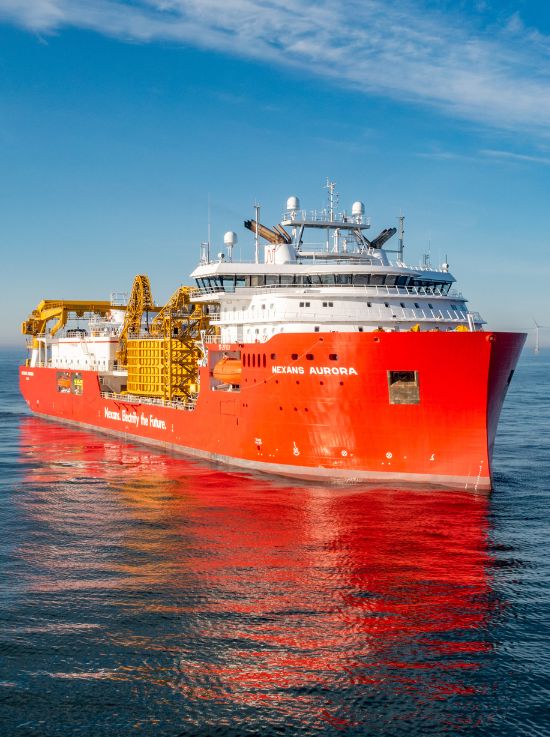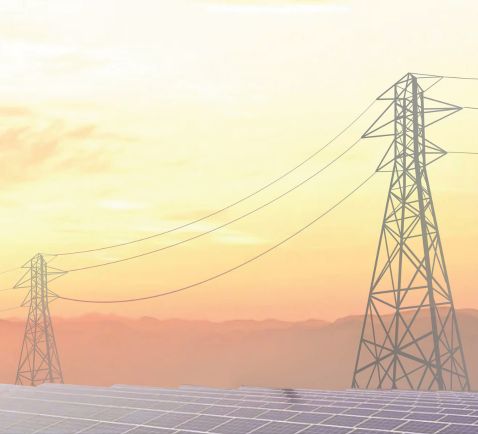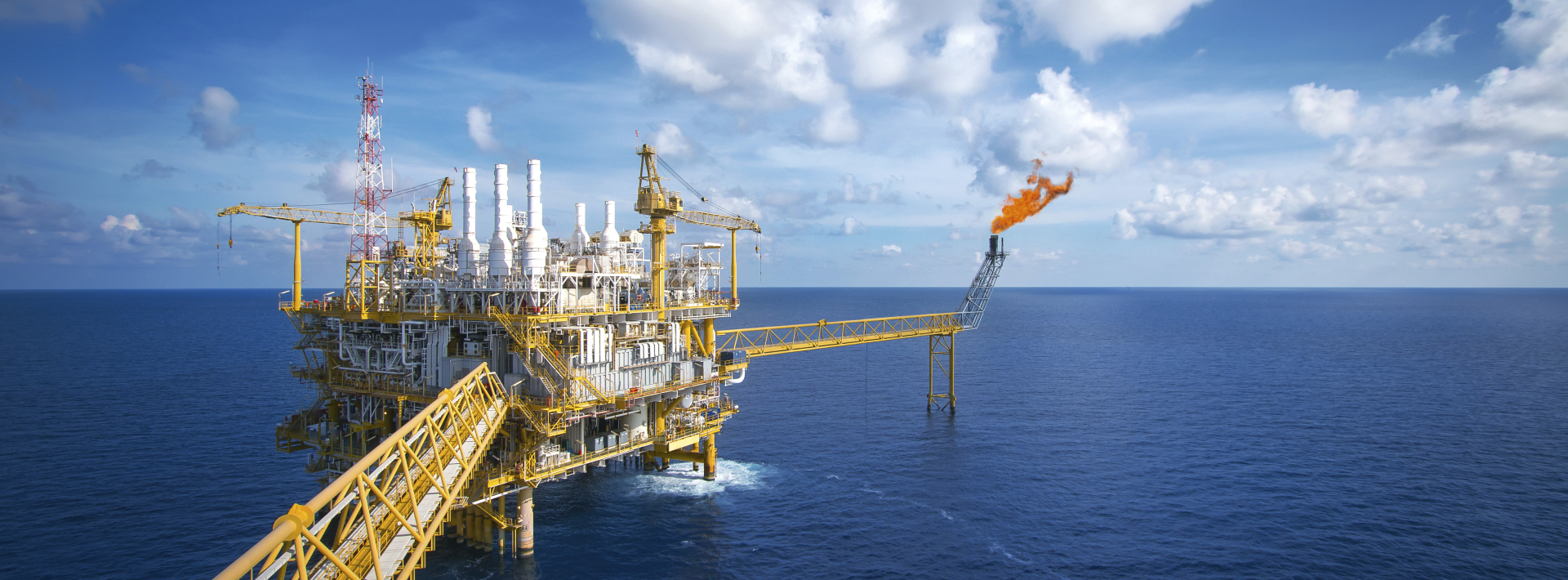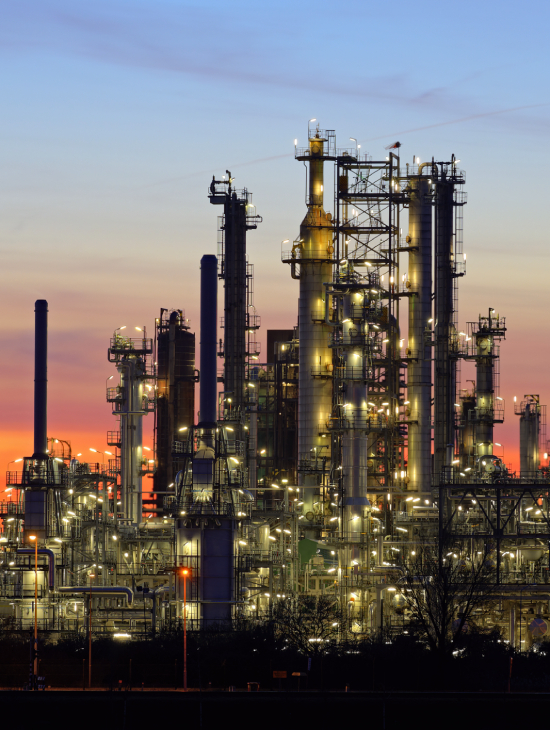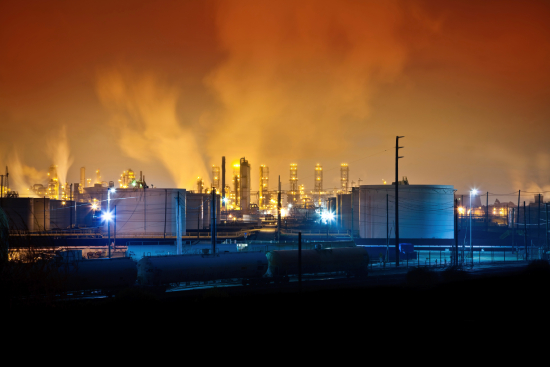Cables delivering safety and performance for the oil/gas industry
The oil and gas industry continues to play a vital role in energy supplies. However, this sector also accounts for a significant proportion of global CO2 emissions, and is facing a need to change as part of its commitment to the energy transition.
Challenges associated with the oil and gas industry
Making the switch from fossil fuels to renewables is vital if we are to achieve the global goal of net zero by 2050. In the meantime, non-renewable energies still have a role to play in meeting the growing energy needs of an expanding global population and ensuring a stable energy supply at affordable prices.
The oil and gas industry must therefore commit to making its activities less harmful to the environment. In short, they need to prove that they can be part of the solution to building a more sustainable world.
Fossil fuels could make a significant contribution to decarbonization, but the industry needs to review its practices. Companies in this sector need to demonstrate transparency and show that they are still key players in the energy transition. To achieve this, the only way forward is to significantly reduce their emissions during extraction operations, diversify their activities towards non-renewable energies and other low-carbon solutions such as hydrogen and biomethane, and integrate renewable energies wherever possible.
The oil and gas industry has to reinvent itself in order to address the expectations of the future. At Nexans, we are supporting our customers with solutions to improve their operational efficiency while moving towards more sustainable practices. In particular, we supply subsea power cables and umbilicals to bring subsea facility management systems onshore.
Evidence
Oil and gas account for 15 % of energy-related greenhouse gas emissions.

